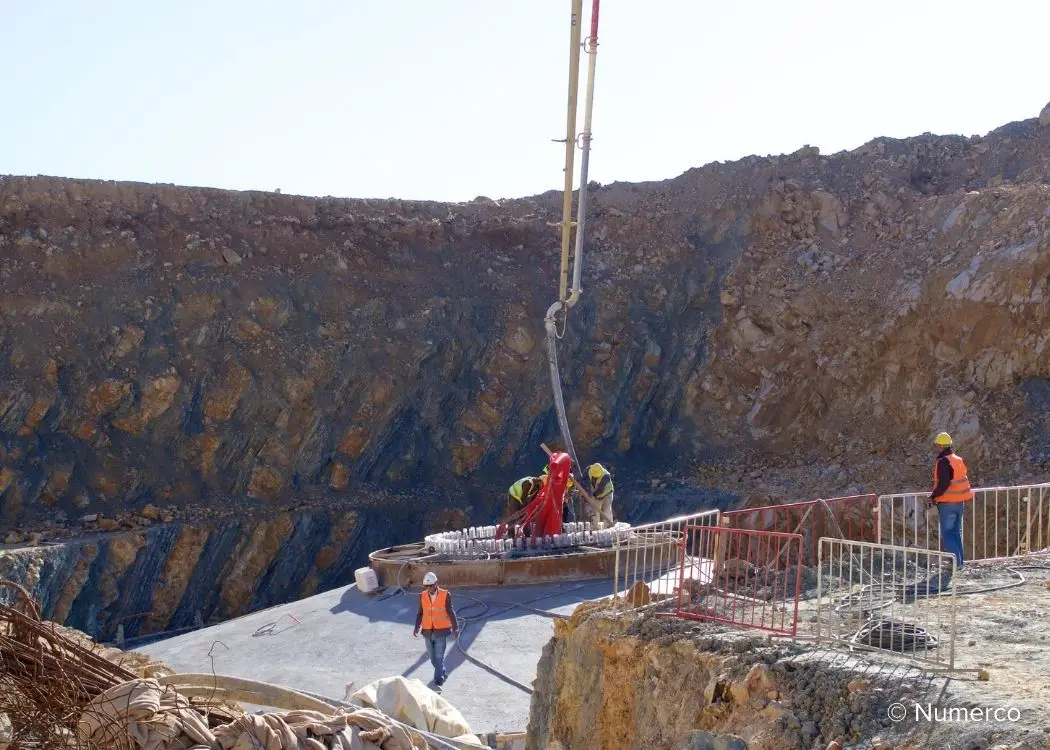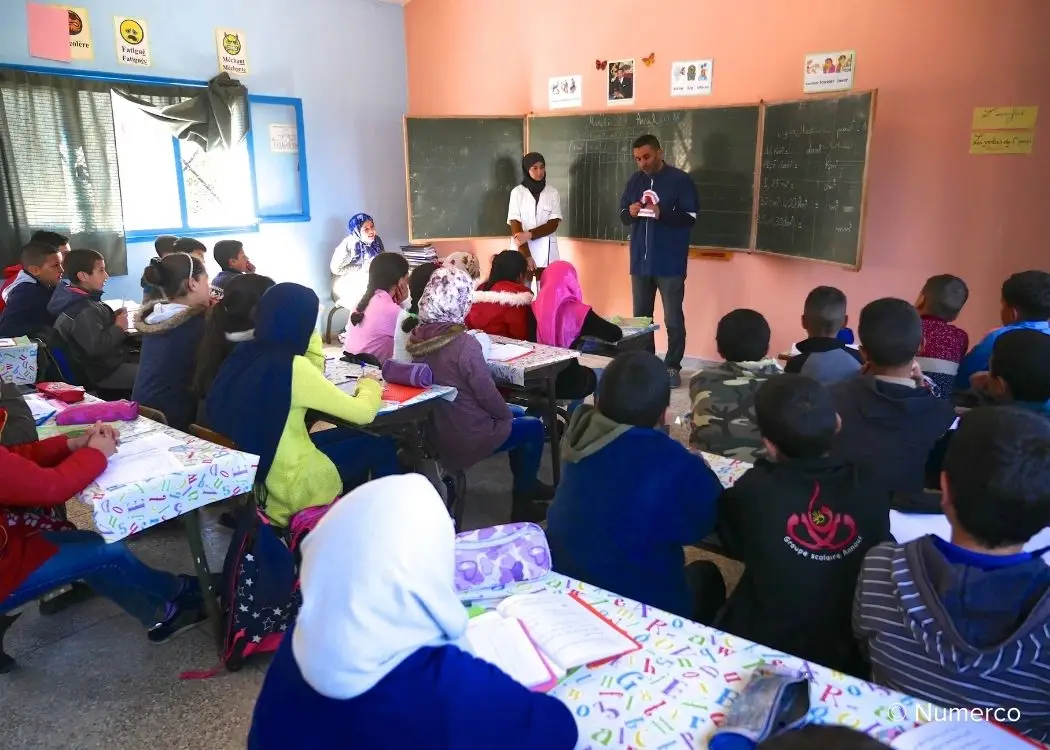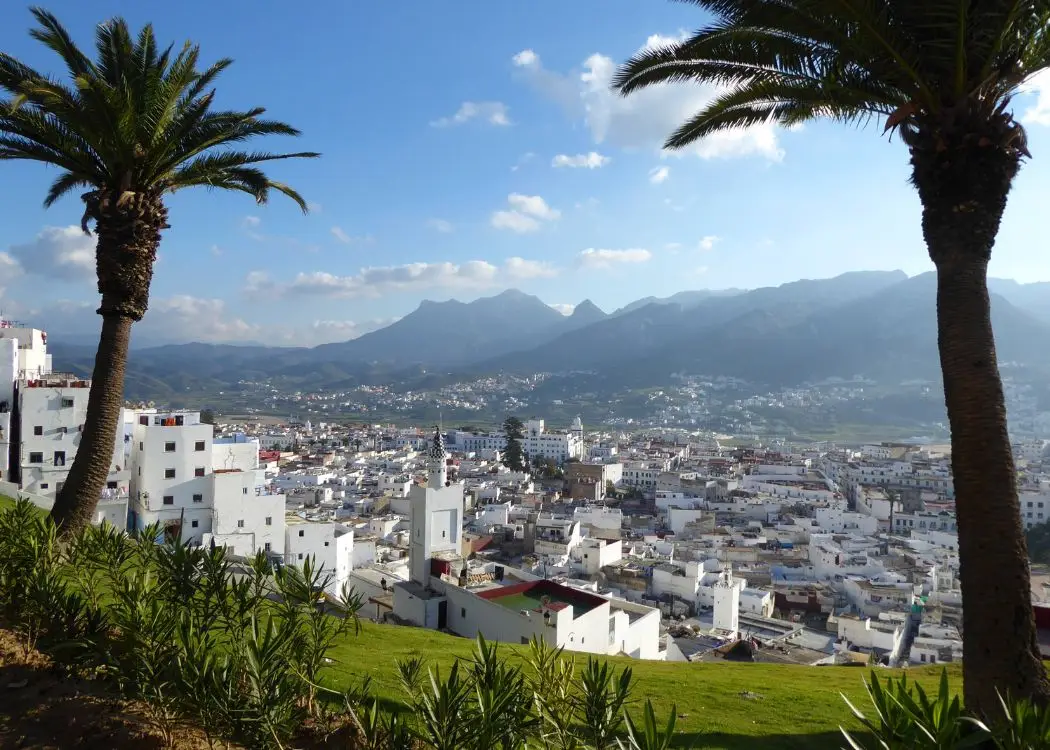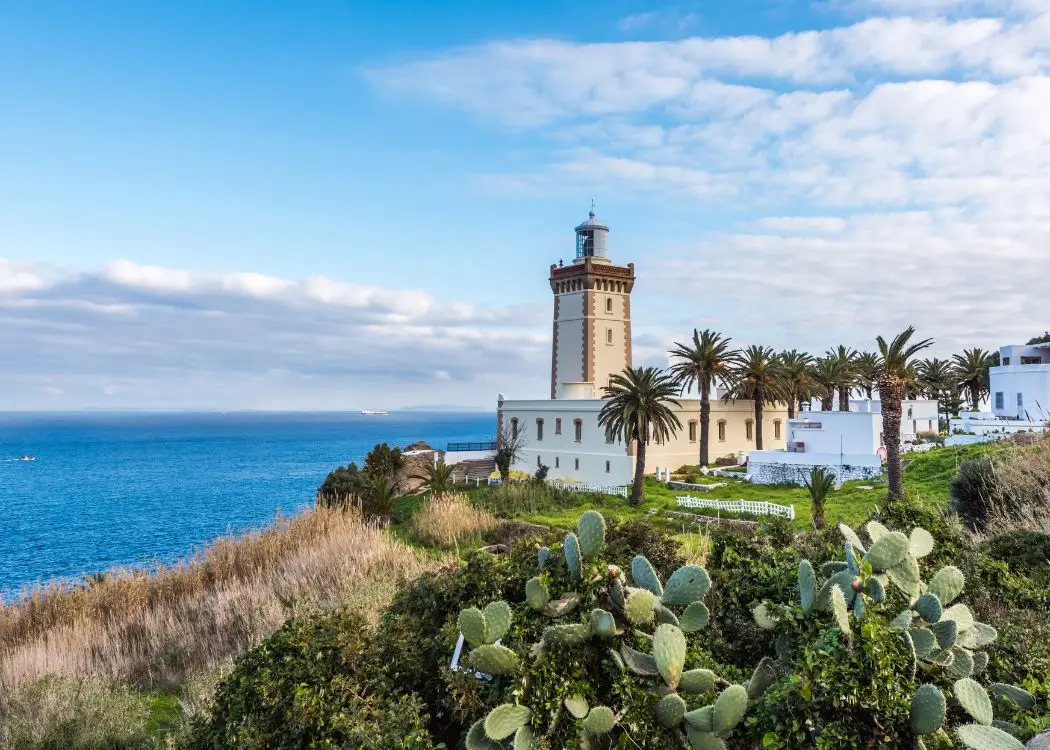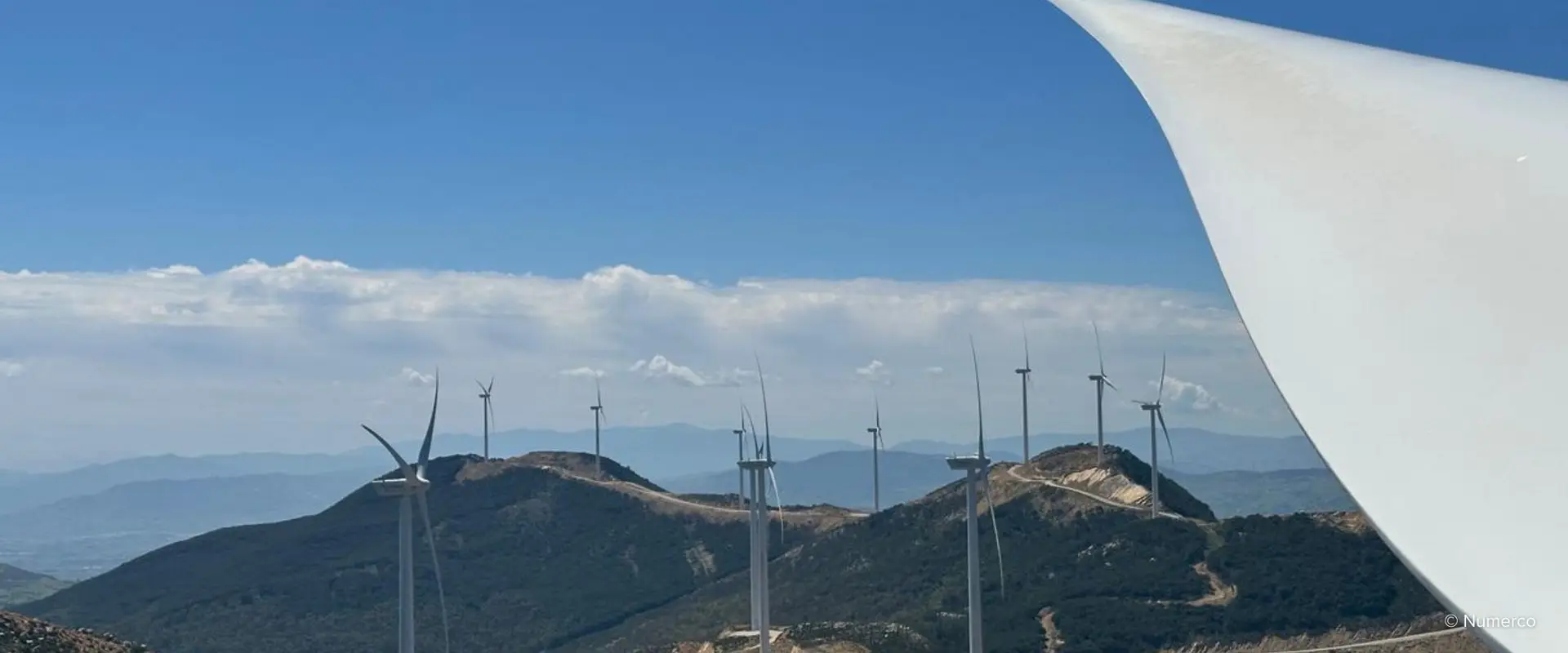The Khalladi Wind Farm addresses energy and social challenges in Morocco’s northernmost region, home to historic coastal towns, the UNESCO medina of Tetouan, and the iconic Blue City of Chefchaouen. Historically reliant on imported fossil fuels, Morocco faces high emissions and energy insecurity. This project responds to these challenges by generating clean, renewable wind electricity. It also bridges the rural-urban divide through improved education access, healthcare, economic opportunities, and infrastructure, fostering both environmental and social progress.
Where & Why
The Tangier-Tetouan-Al Hoceima region is Morocco’s northernmost region, bordering the Strait of Gibraltar, where the Atlantic Ocean meets the Mediterranean Sea. Positioned at a geographic crossroads, it has been shaped by centuries of Indigenous Berber, Arab, and European influences, creating a rich cultural tapestry. The region also boasts diverse landscapes from coastal cities to rolling hills, drawing visitors who seek natural beauty, history, and unique architecture.
Tangier-Tetouan-Al Hoceima’s stunning coastlines feature sandy coves framed by rocky cliffs, while the Rif Mountains provide a dramatic backdrop to many picturesque towns. Chefchaouen, known as the “Blue City,” is renowned for its striking azure-washed buildings while Tetouan, a UNESCO-listed medina, is characterized by its narrow alleys and traditional markets. The historic port city Tangier is a vibrant tourism hub, offering cultural landmarks, a growing arts scene, and energetic souks.
Despite its significance, the region faces pressing challenges threatening its economic stability and environmental sustainability. Between 2000 and 2023, Morocco’s electricity generation tripled, driven by economic growth. Morocco relies heavily on imported fossil fuels to meet its growing energy needs, making it vulnerable to fluctuating global fuel prices and supply disruptions, undermining energy security. In 2022, 78% of the country’s electricity was generated from coal and oil, contributing to high greenhouse gas emissions and intensifying climate change. As energy demand continues to rise, the need for sustainable and low-carbon energy solutions becomes even more critical.
Beyond energy concerns, limited opportunities affect the region. Tangier-Tetouan-Al Hoceima’s unemployment rate stands at 19.6%, evidencing the limited economic opportunities for residents. Access to education remains a challenge in rural Morocco, particularly for girls. While about three-fourths of boys attend school, the rate drops to only half of girls, with even lower enrollment in rural areas. As a result, illiteracy in rural areas is over double the national average. At the same time, access to quality medical care is often difficult to access in rural areas due to a lack of healthcare resources and professionals.
How & Who
Morocco has set ambitious renewable energy targets, aiming to generate 80% of its electricity from renewable sources by 2050. This project helps achieve these goals through the construction and operation of a wind farm in a rural area of Tangier-Tetouan-Al Hoceima. The Khalladi Wind Farm, with its 40 turbines, will supply approximately 296,000 MWh of electricity to the national grid per year, reducing reliance on fossil fuel-based power generation. As a result, the project is expected to cut over 220,000 metric tons of climate-warming greenhouse gas emissions annually.
Beyond energy production, the project also addresses economic and social challenges in the region. The wind farm’s construction created hundreds of jobs, with local laborers prioritized for roles such as excavation and concreting and staff receiving regular training to ensure a safe working environment. To further strengthen economic resilience, income-generating activities have been introduced, with 90 beehives distributed to support local honey production.
In addition, the project improves healthcare and education access in rural communities. It provides financial support to students from families who cannot afford school expenses and funds a transport system that brings 480 students to and from school, ensuring more regular attendance. A mobile van equipped with essential supplies allows doctors to visit patients and conduct school health checks. The initiative further reduces social inequities by distributing food baskets to vulnerable families in the communities and building new wells and roads to improve overall living conditions.
By leveraging these shared efforts, the Khalladi Wind Farm acts as an example for sustainable development, integrating clean energy production, economic opportunities, and social impact to create long-term benefits for Morocco.
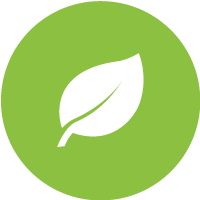
Environmental Benefits
- Mitigates climate change by displacing emissions from fossil fuel energy generation

Community Benefits
- Creates income-generating opportunities
- Improves education access and health in rural communities
- Enhances community infrastructure
Project Type

Energy
Location
Morocco
Annual CO2 Reduction
220,239 metric tons CO2e (expected annual average for crediting period)
SDGs Supported
Verification Standard
Project Developers
Numerco Ltd.
Project Documents
News & Stories
Offset your Travel Footprint
Calculate and offset the carbon footprint of your flight in seconds via our online carbon calculator. Already know your carbon footprint? Click the option to “offset now.”








